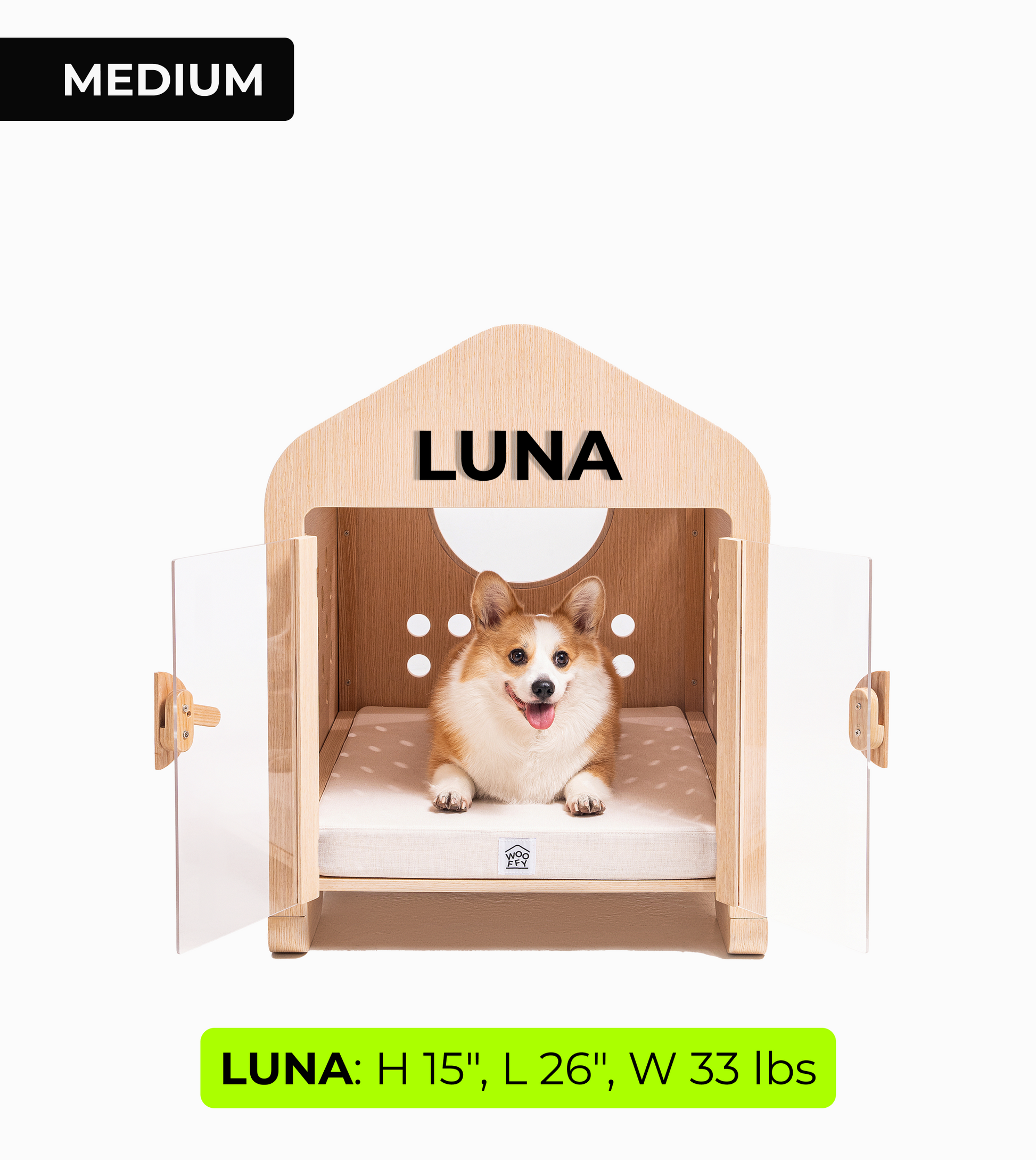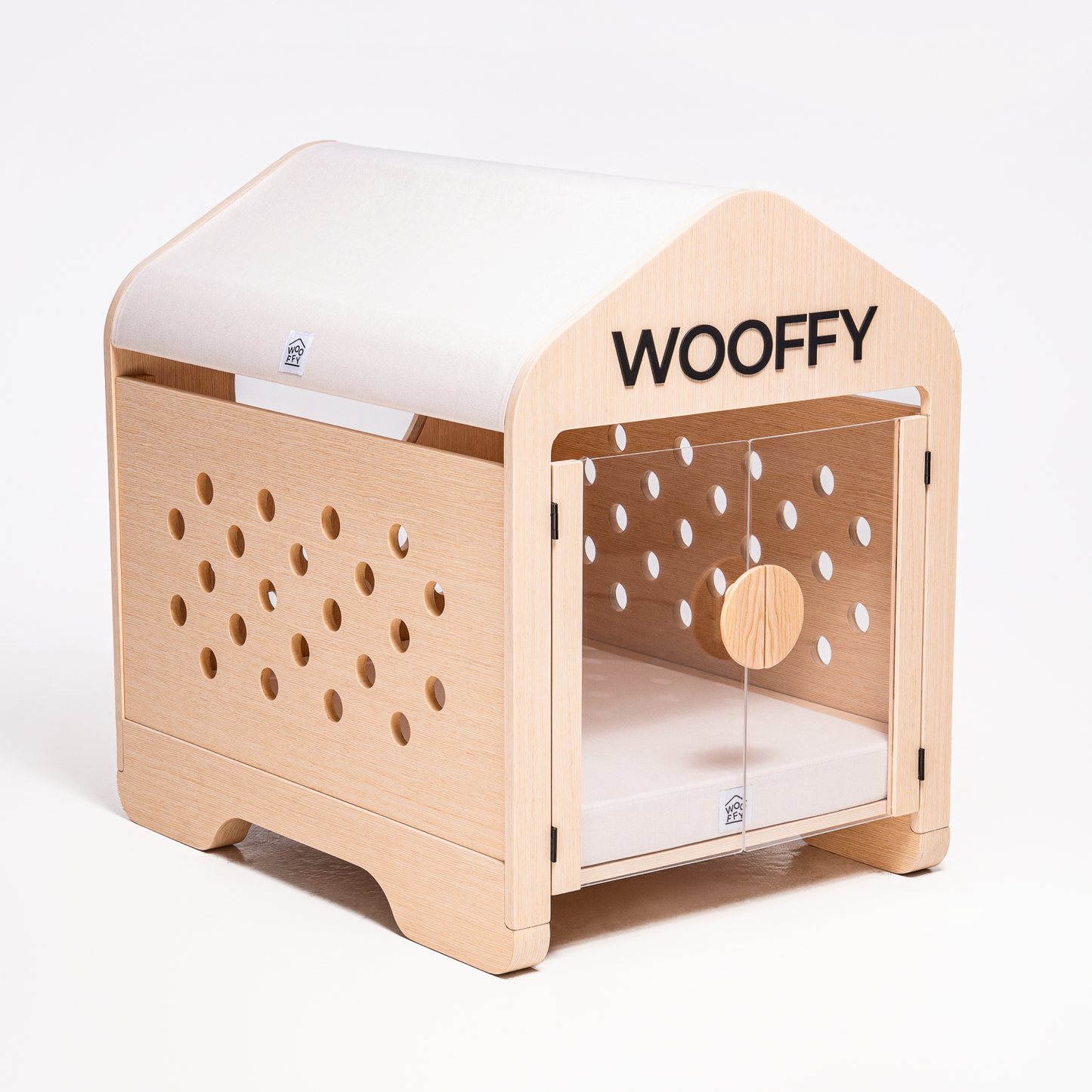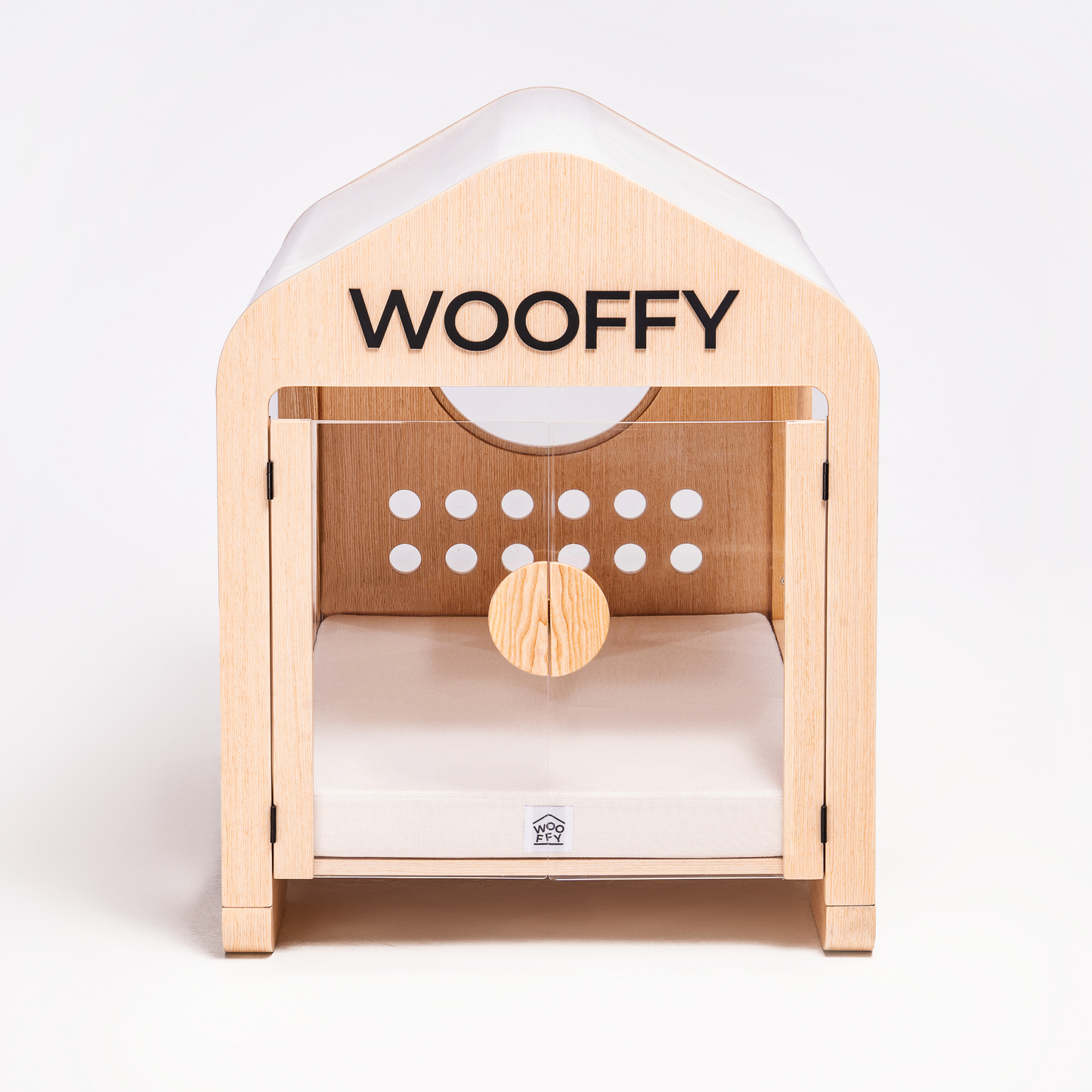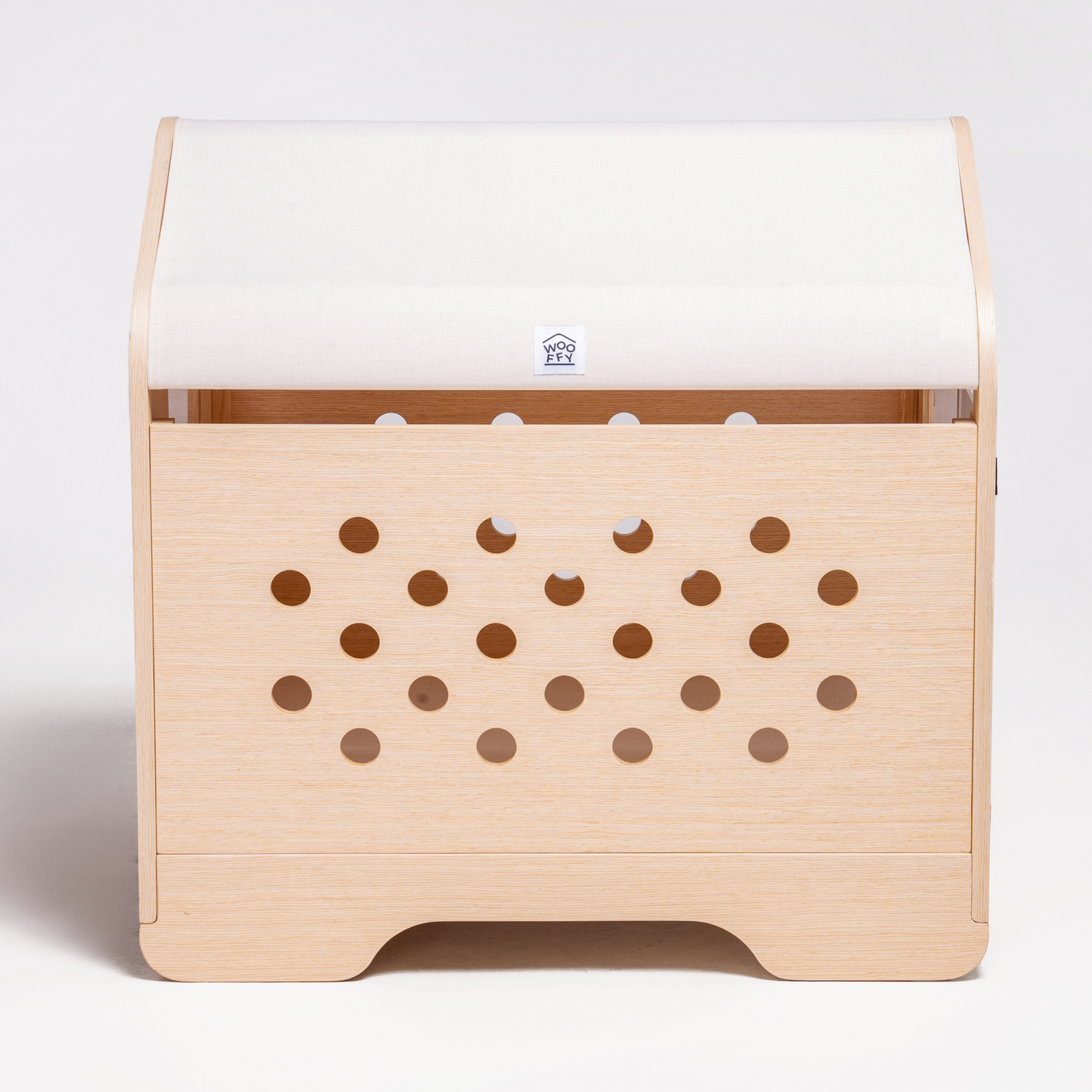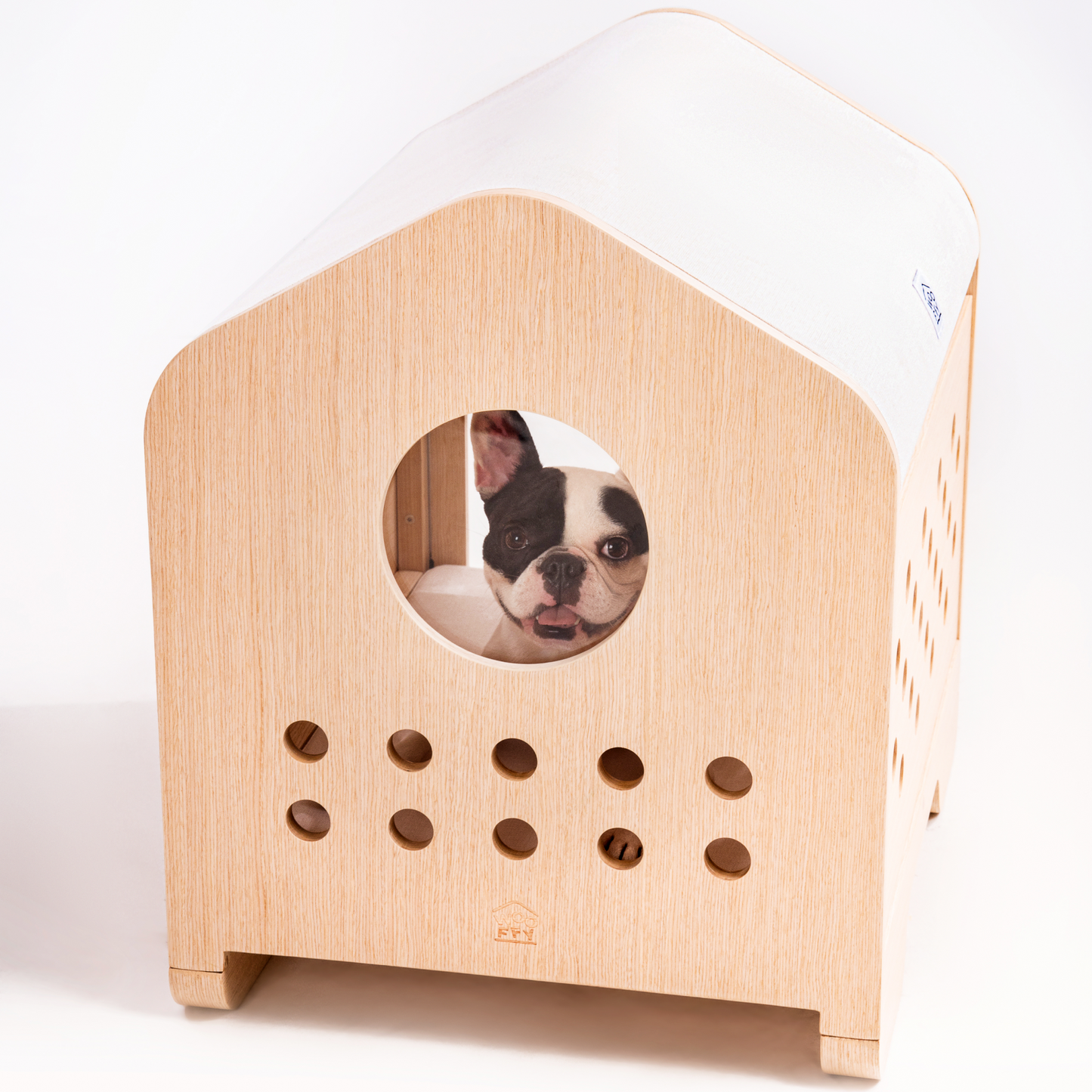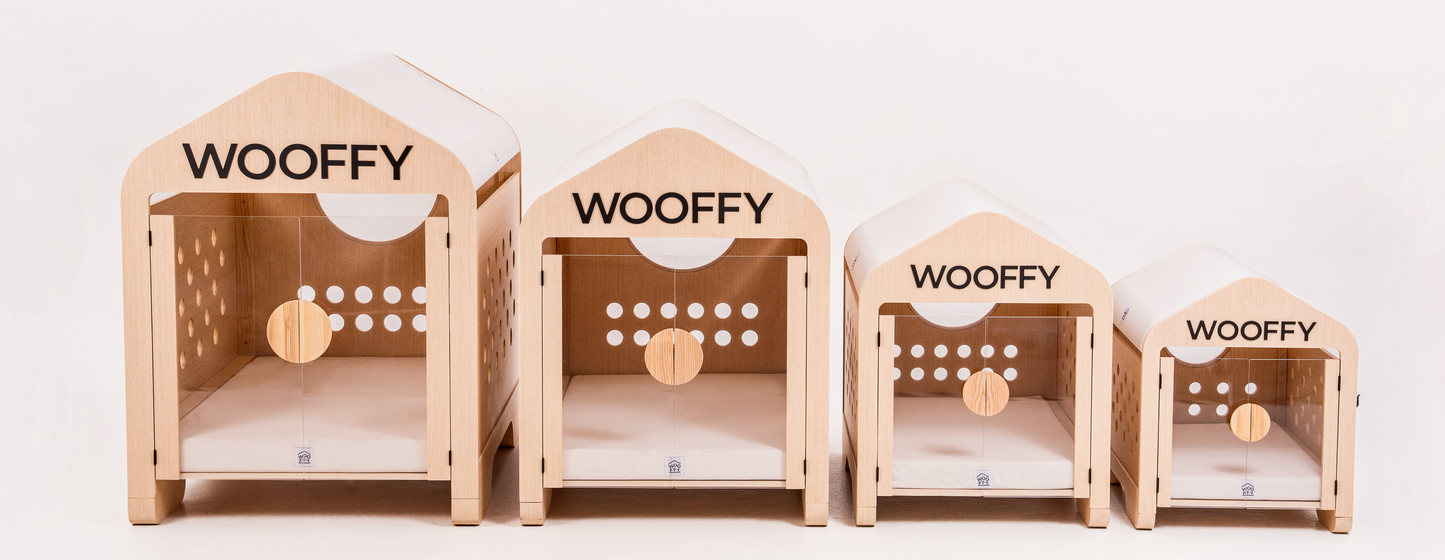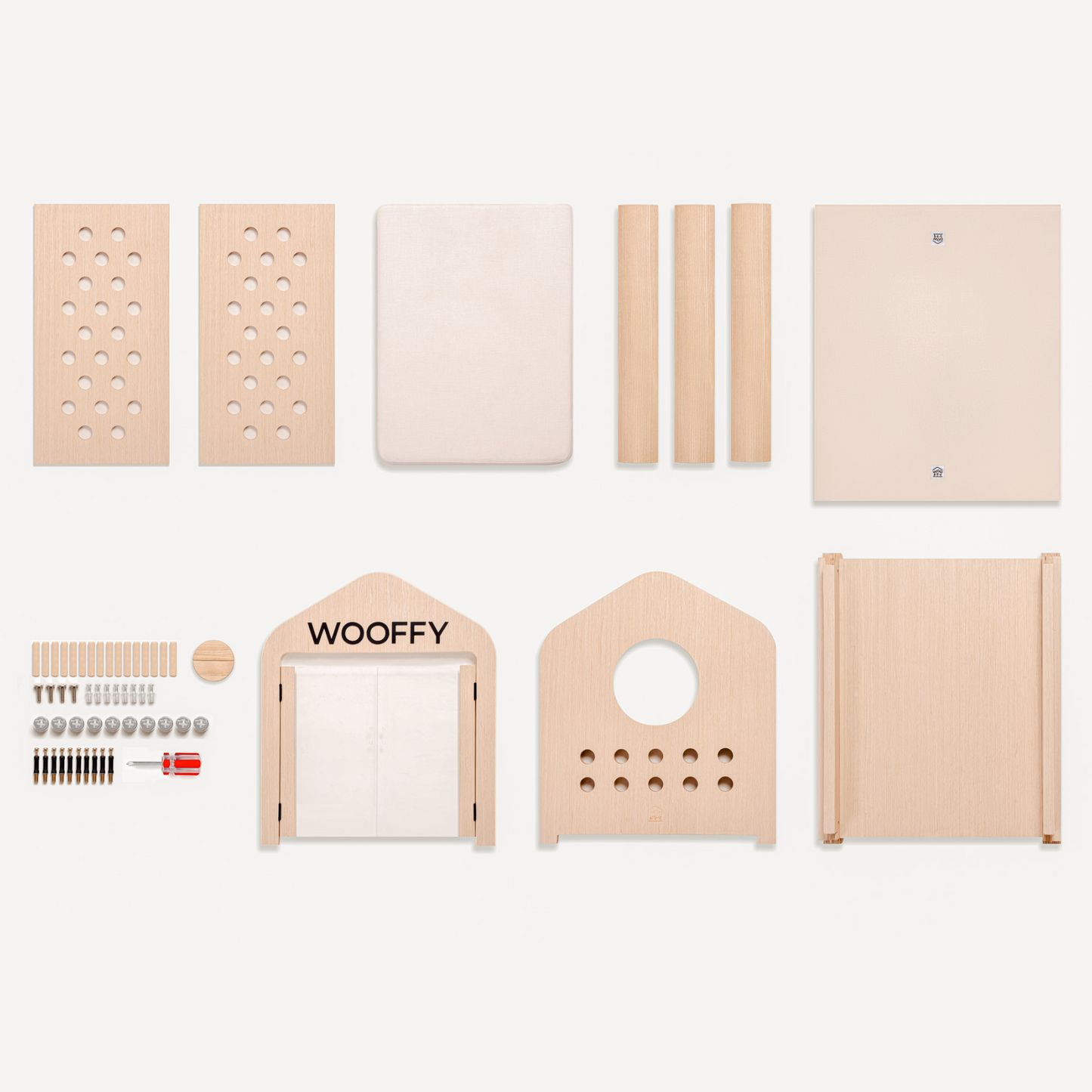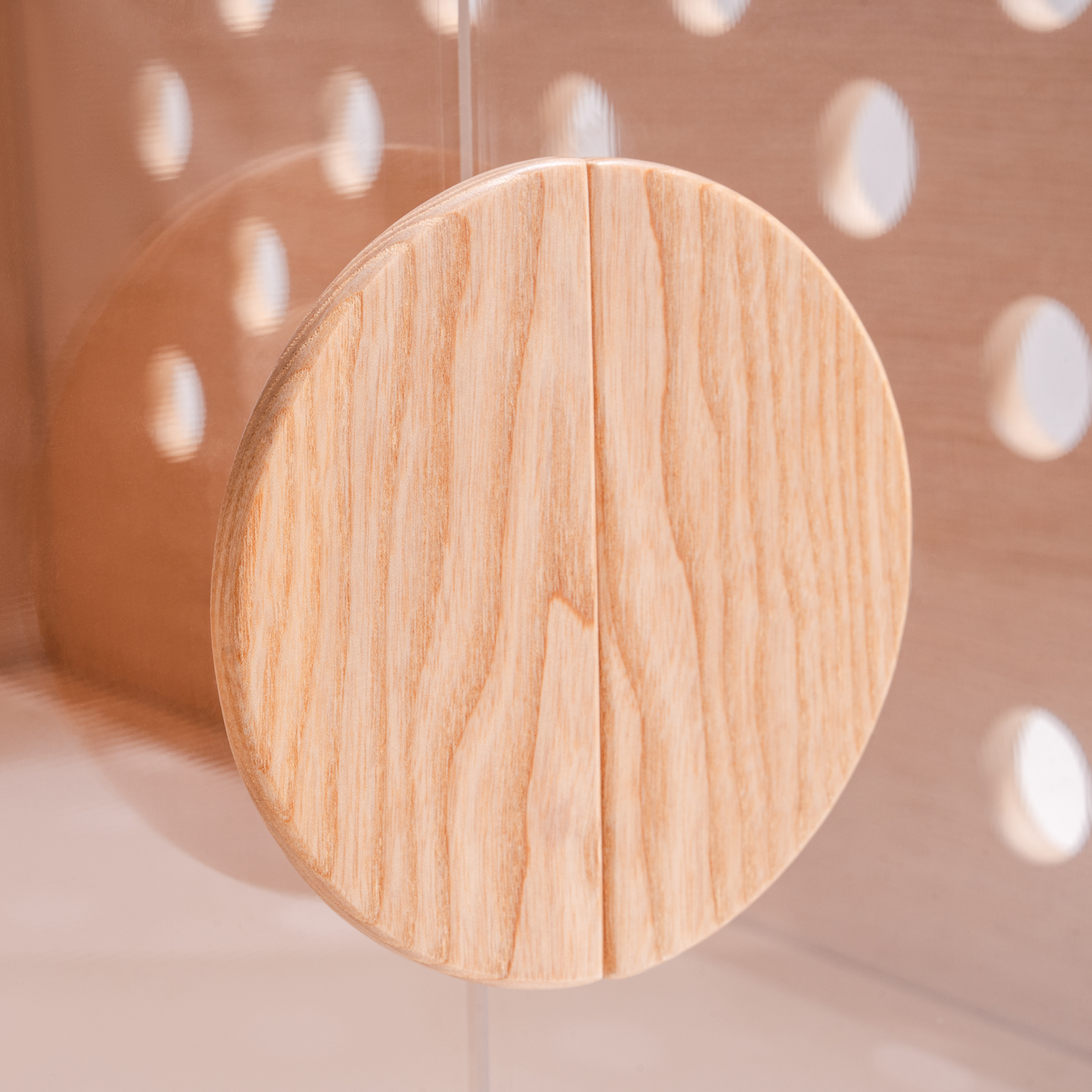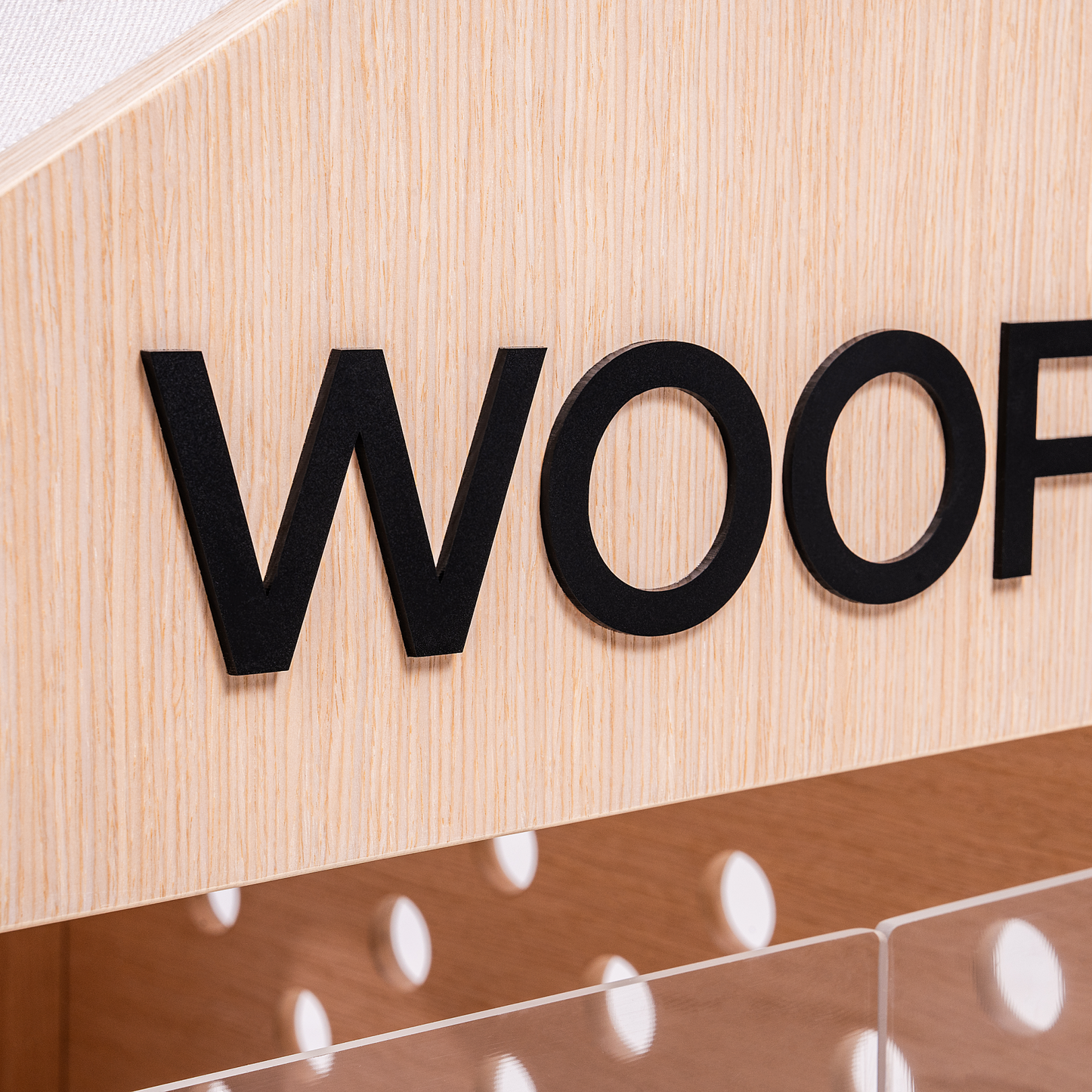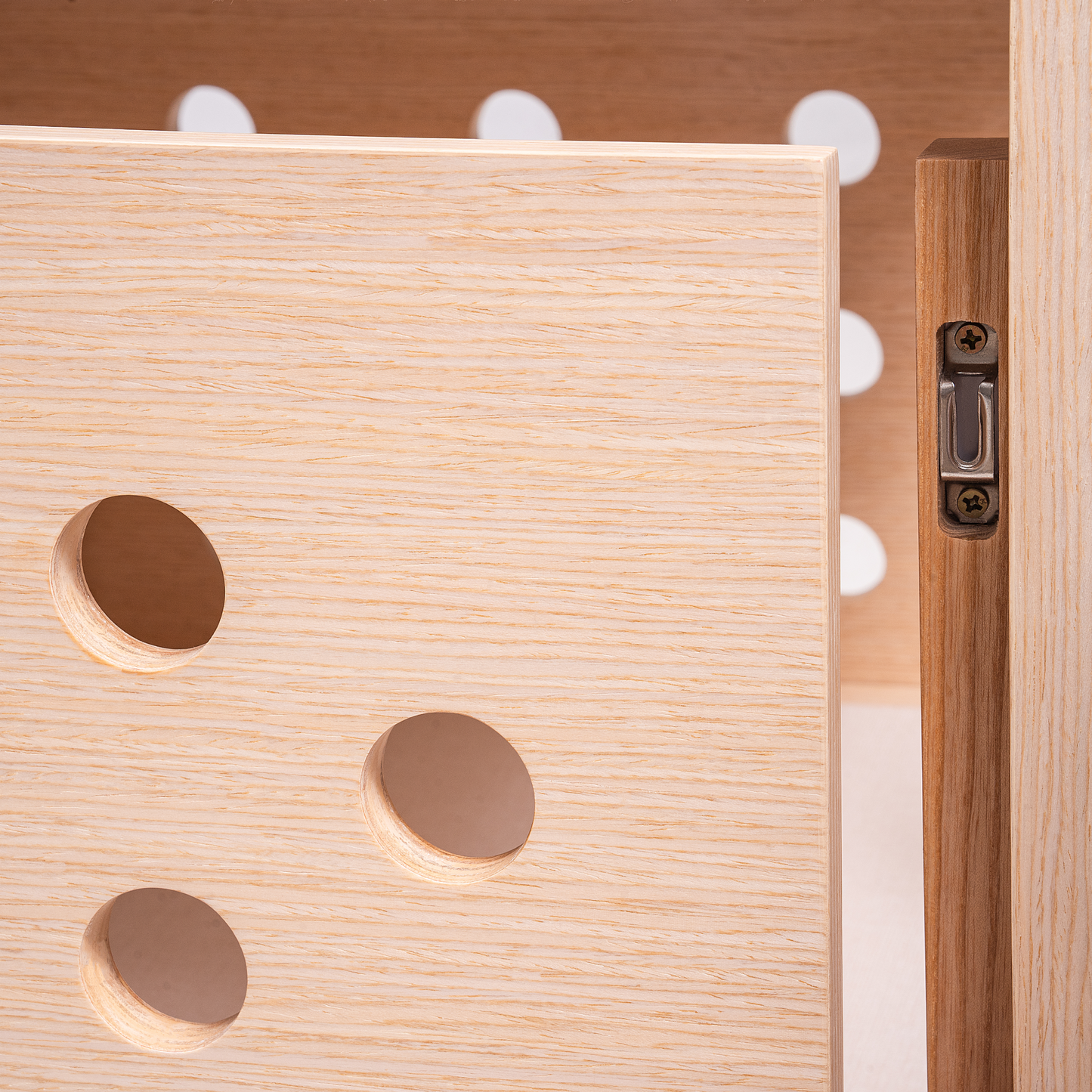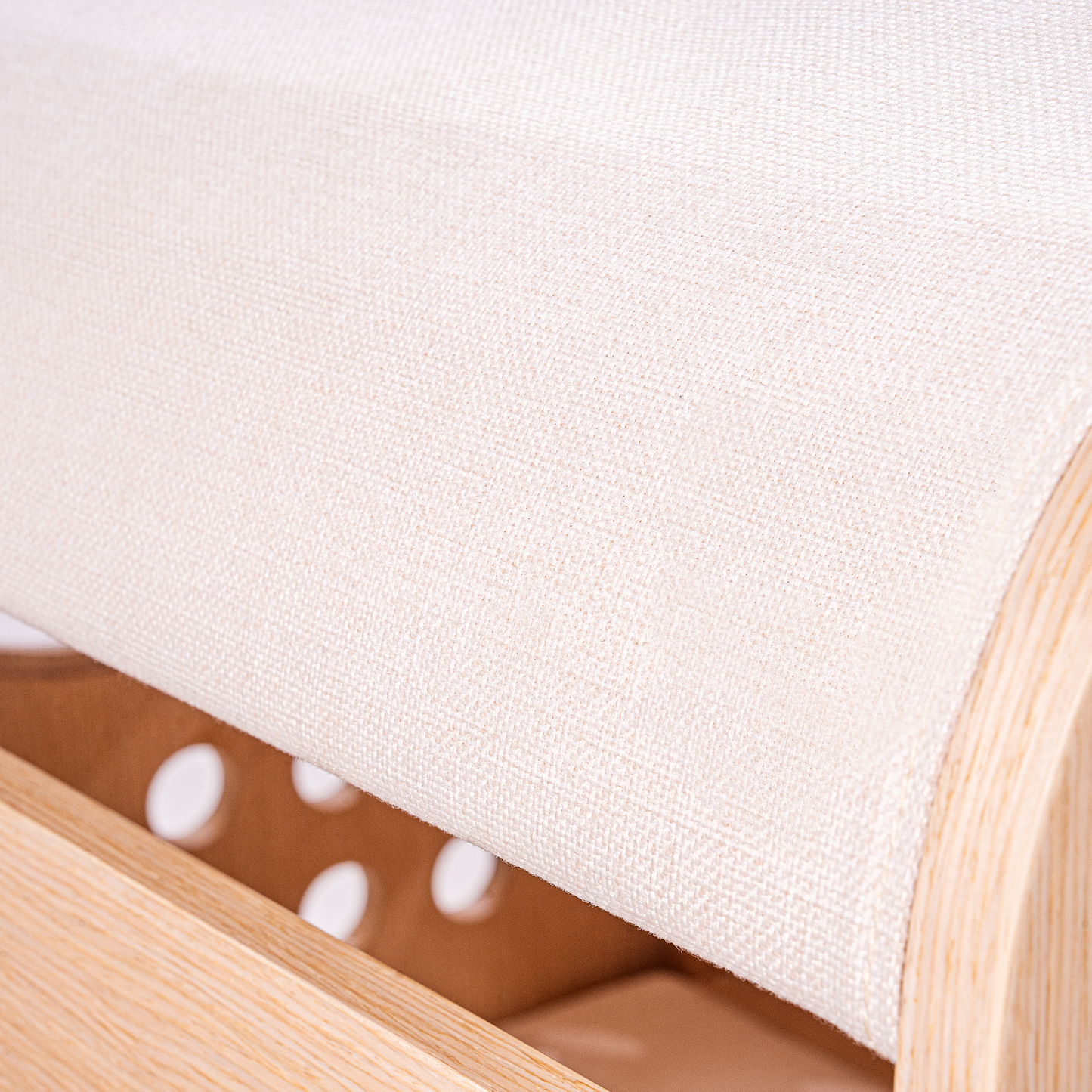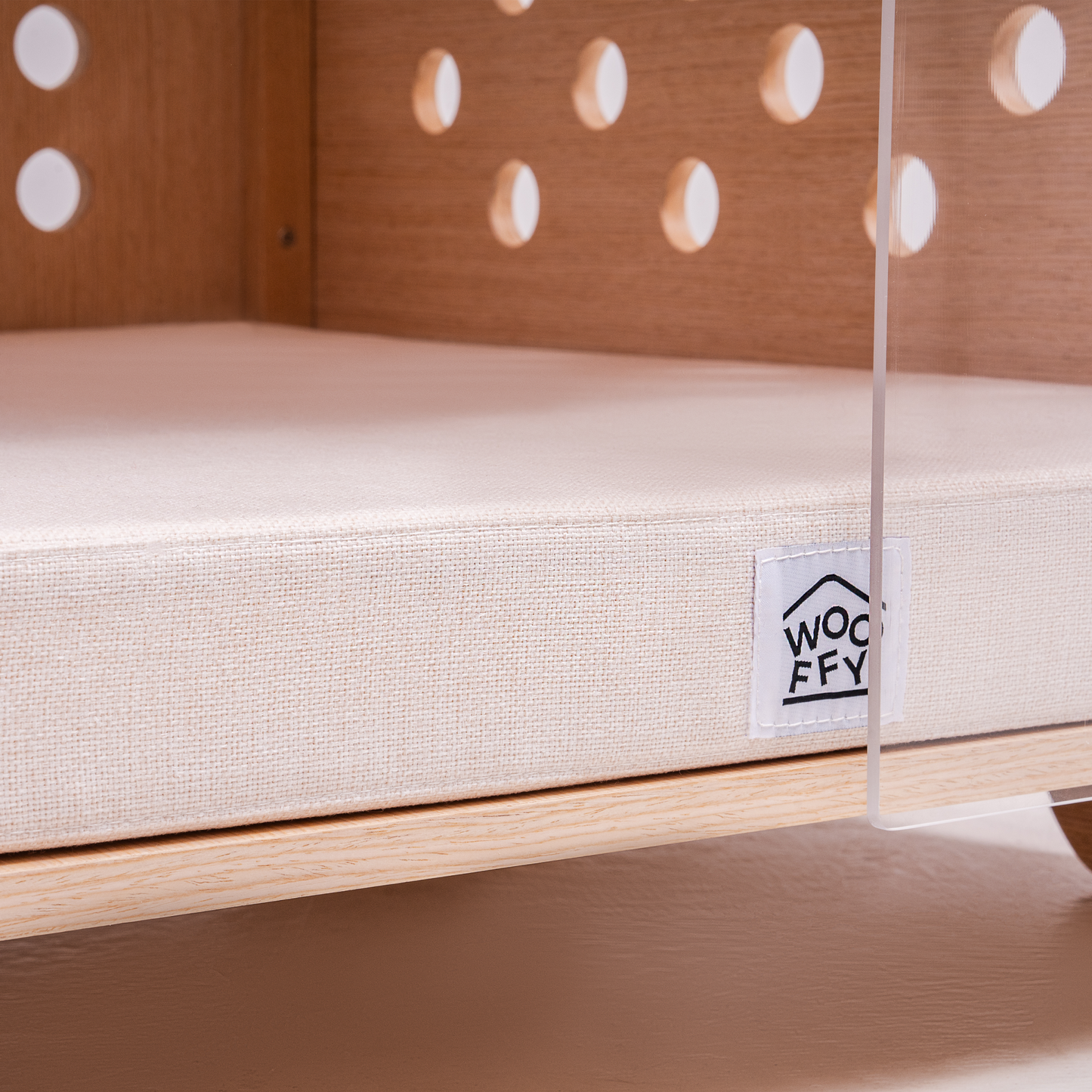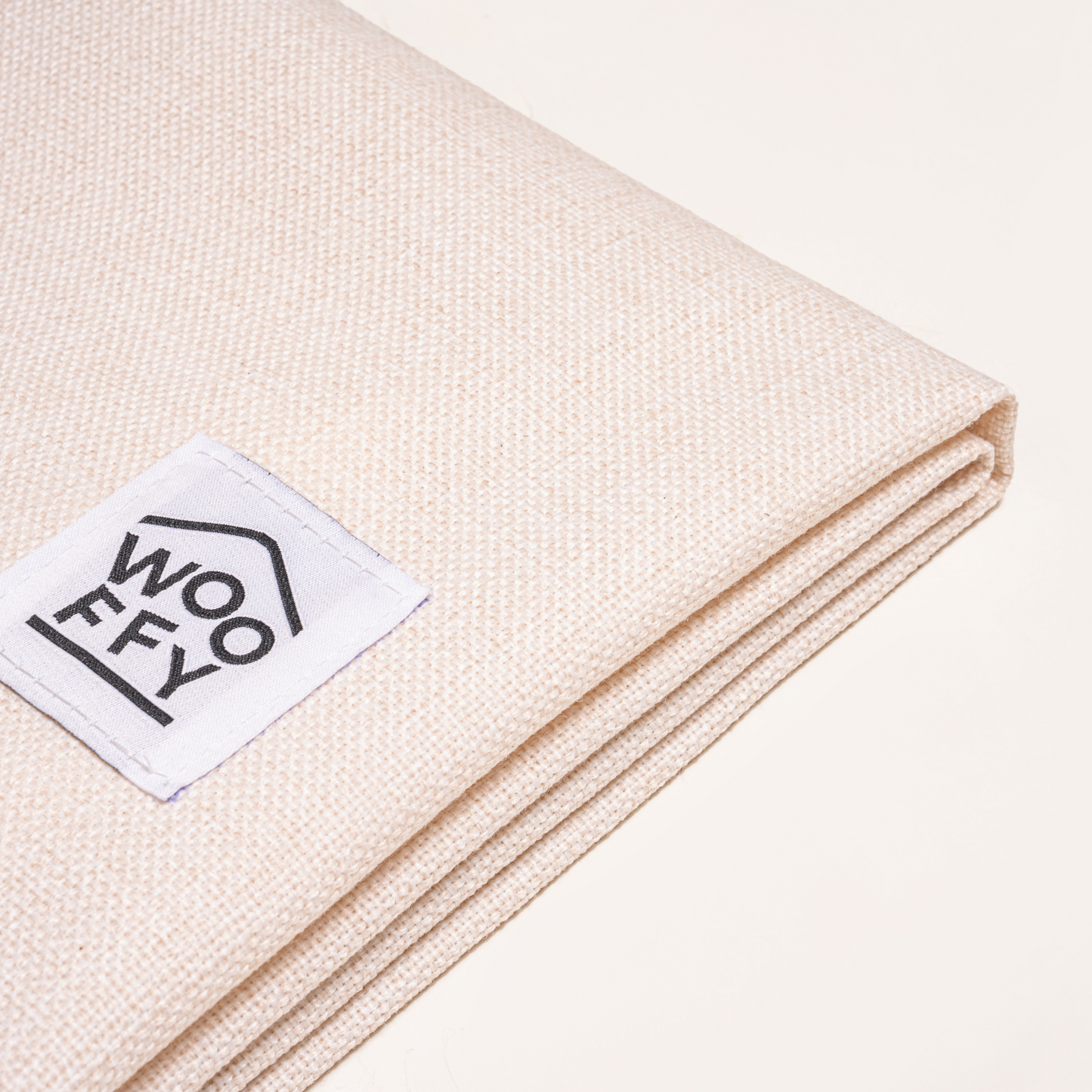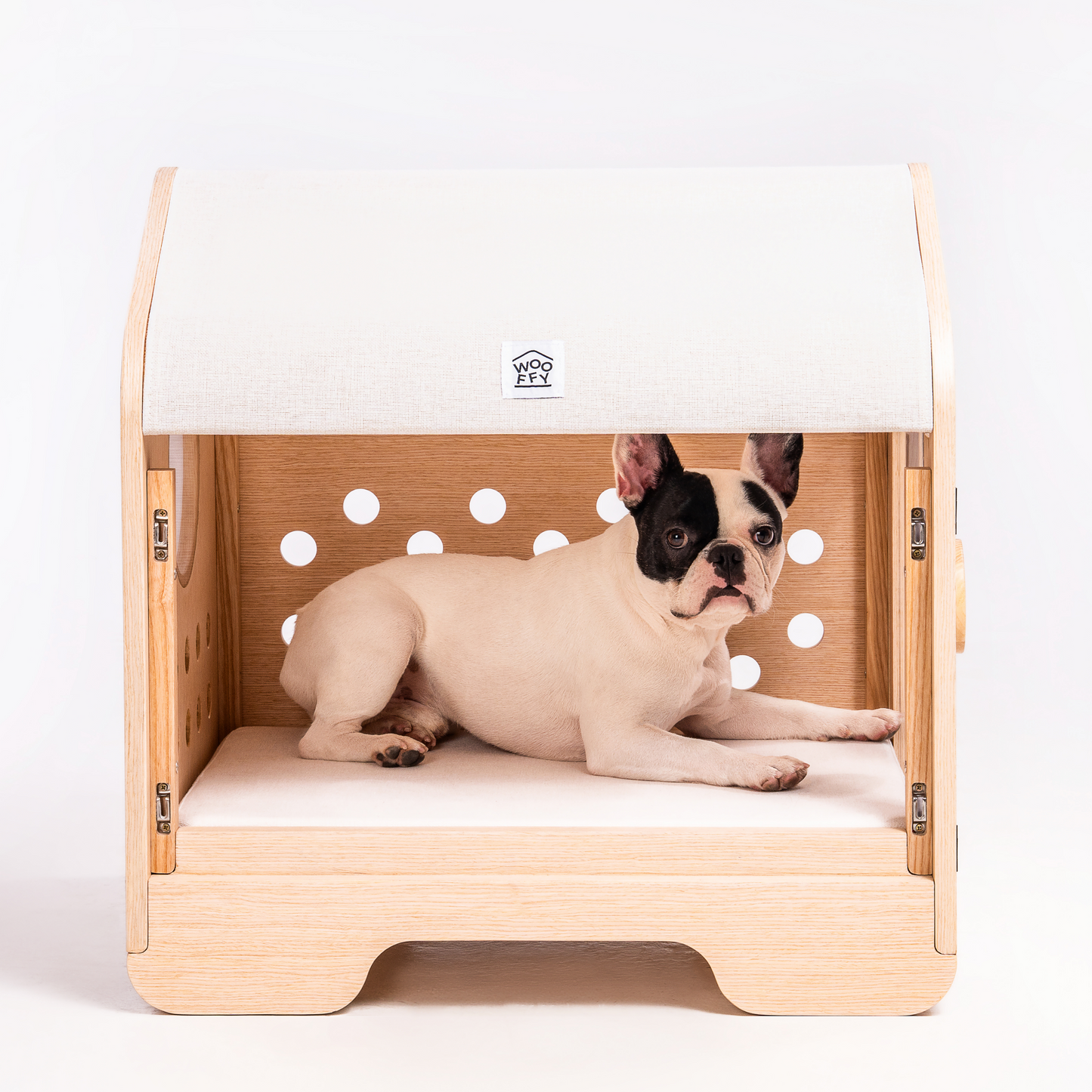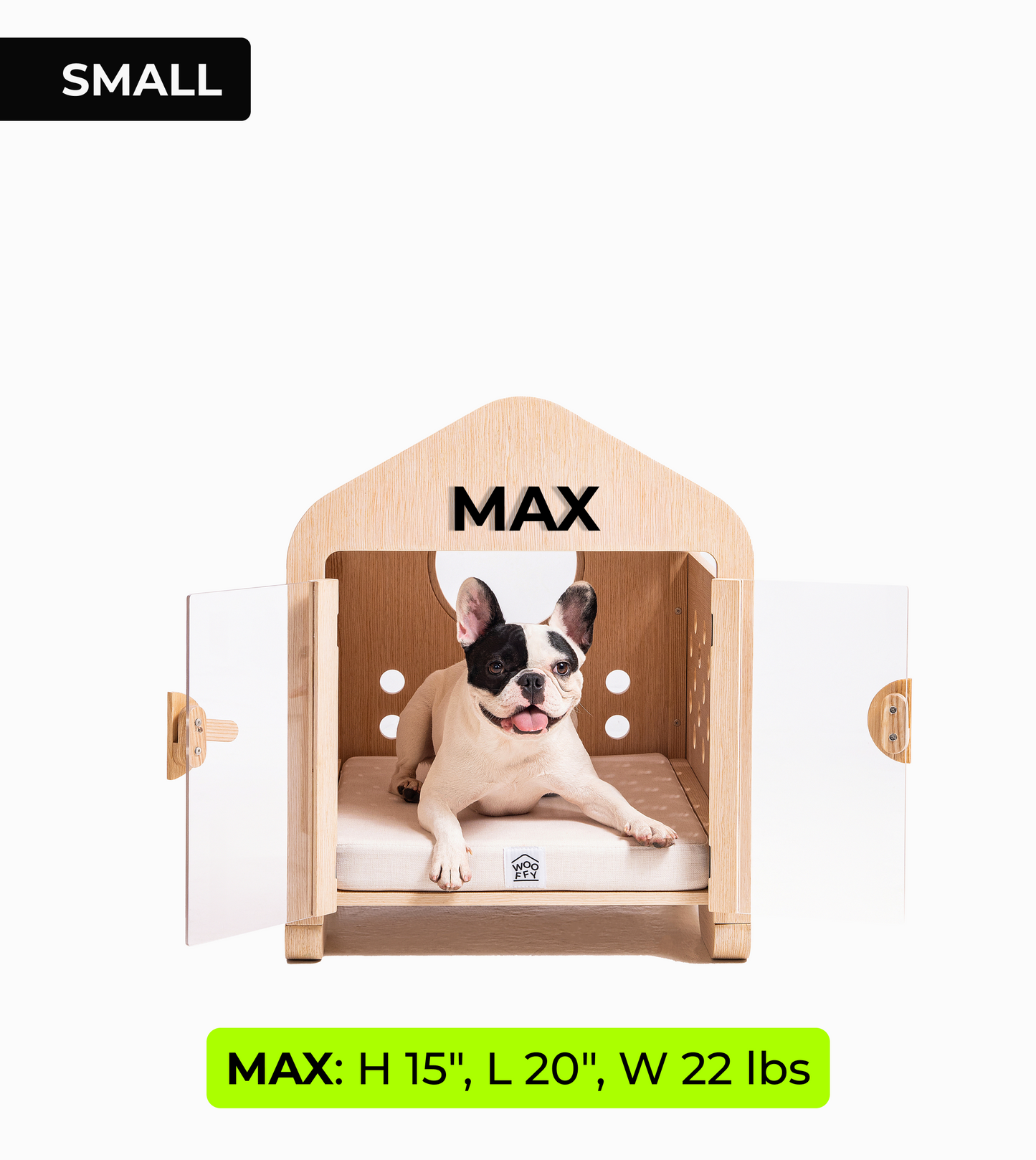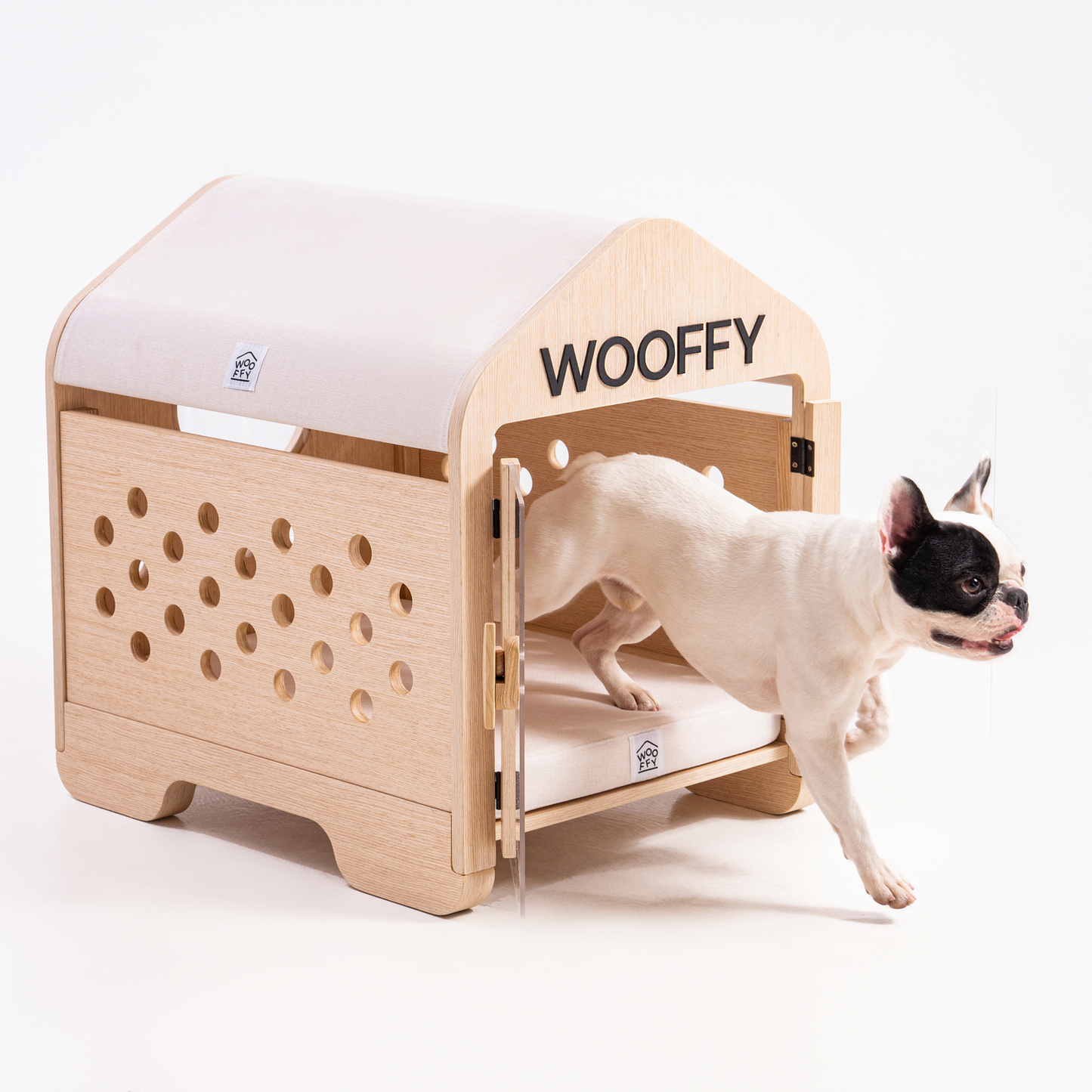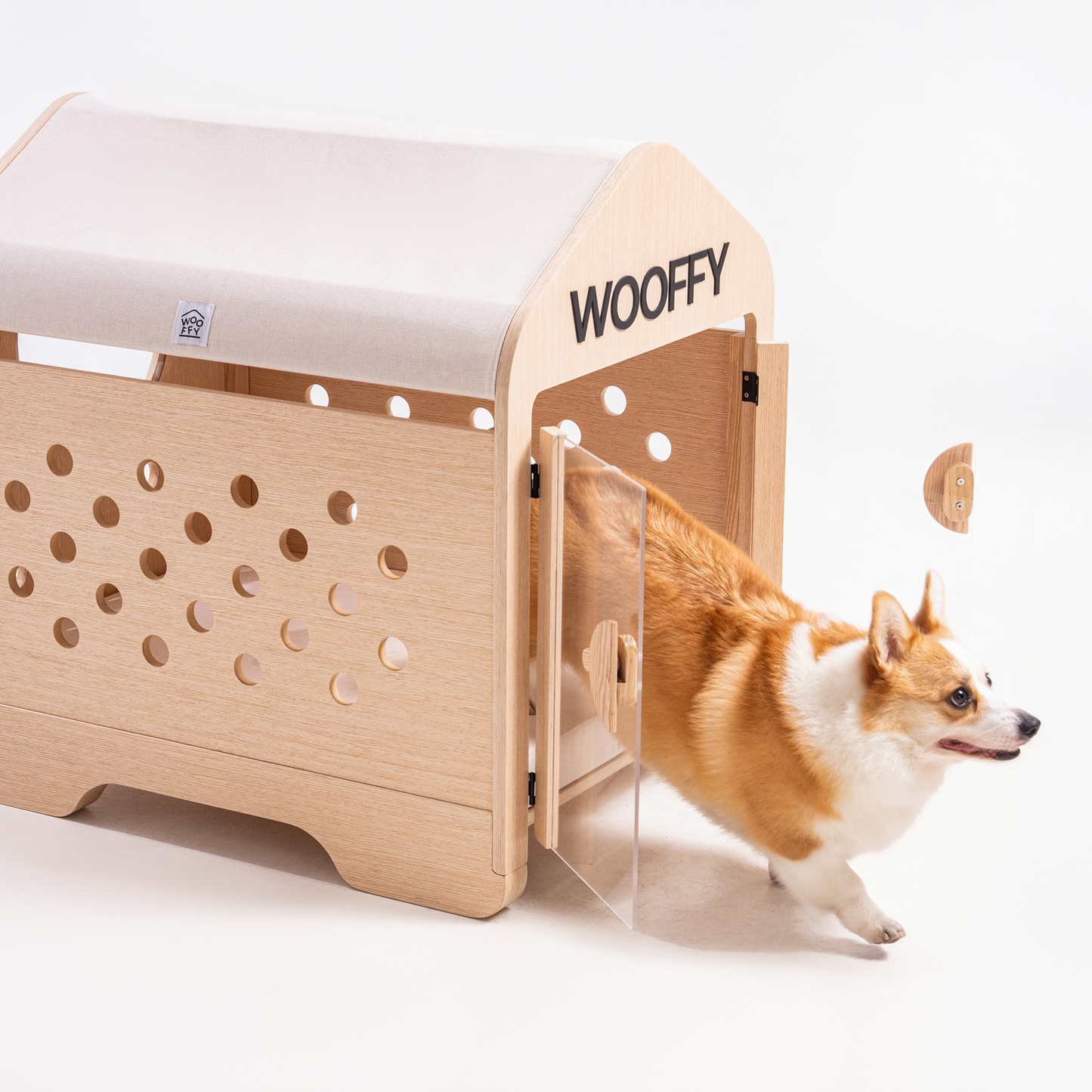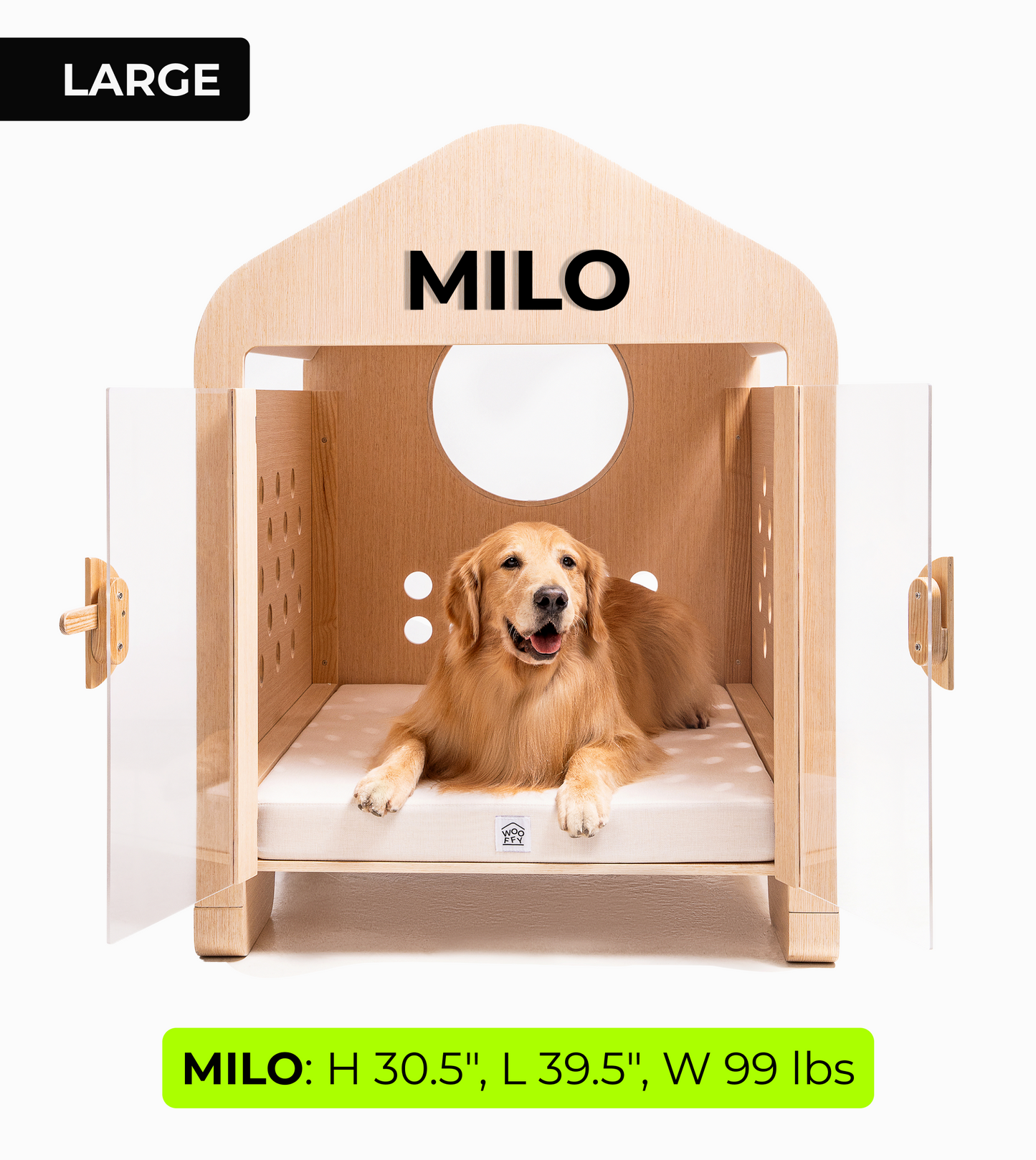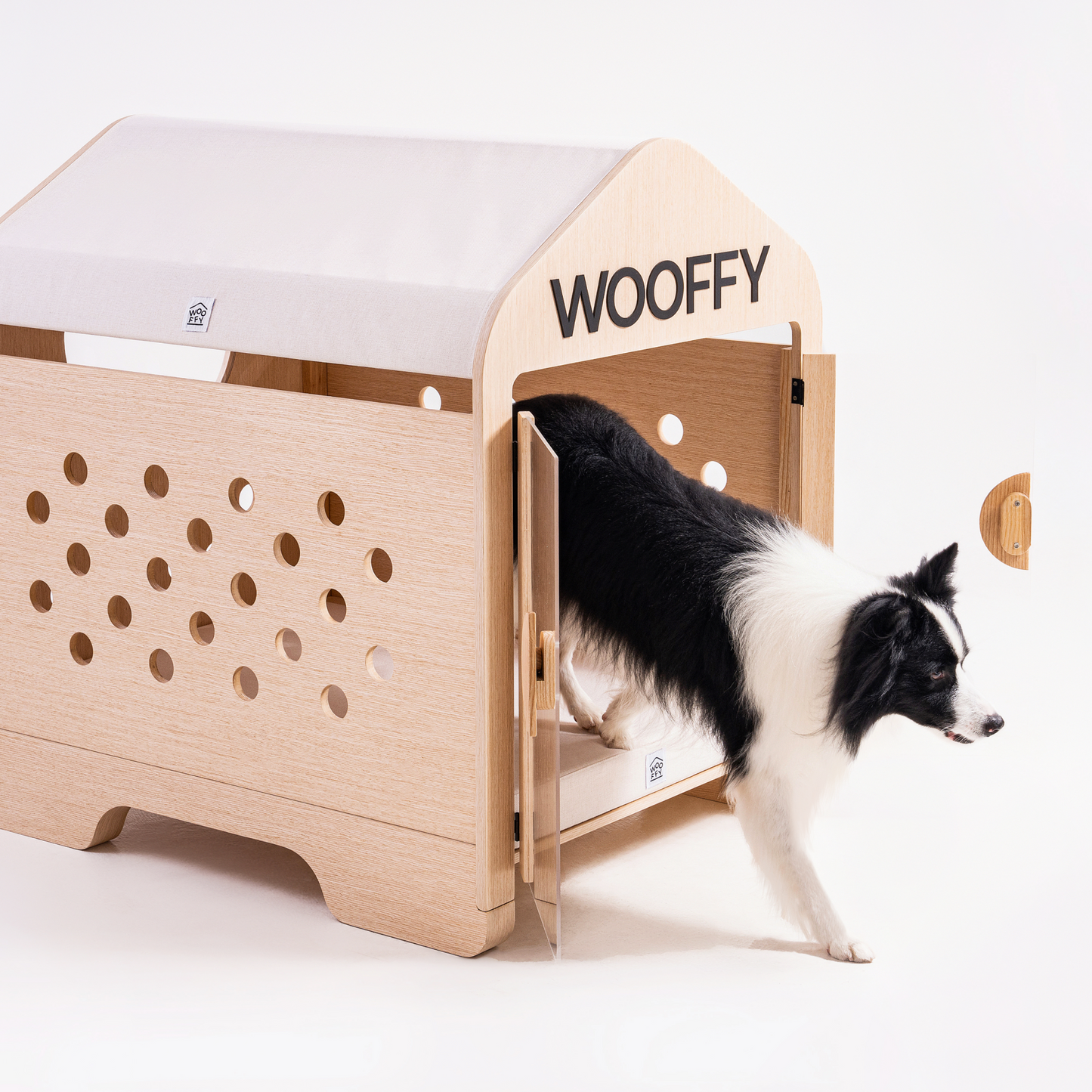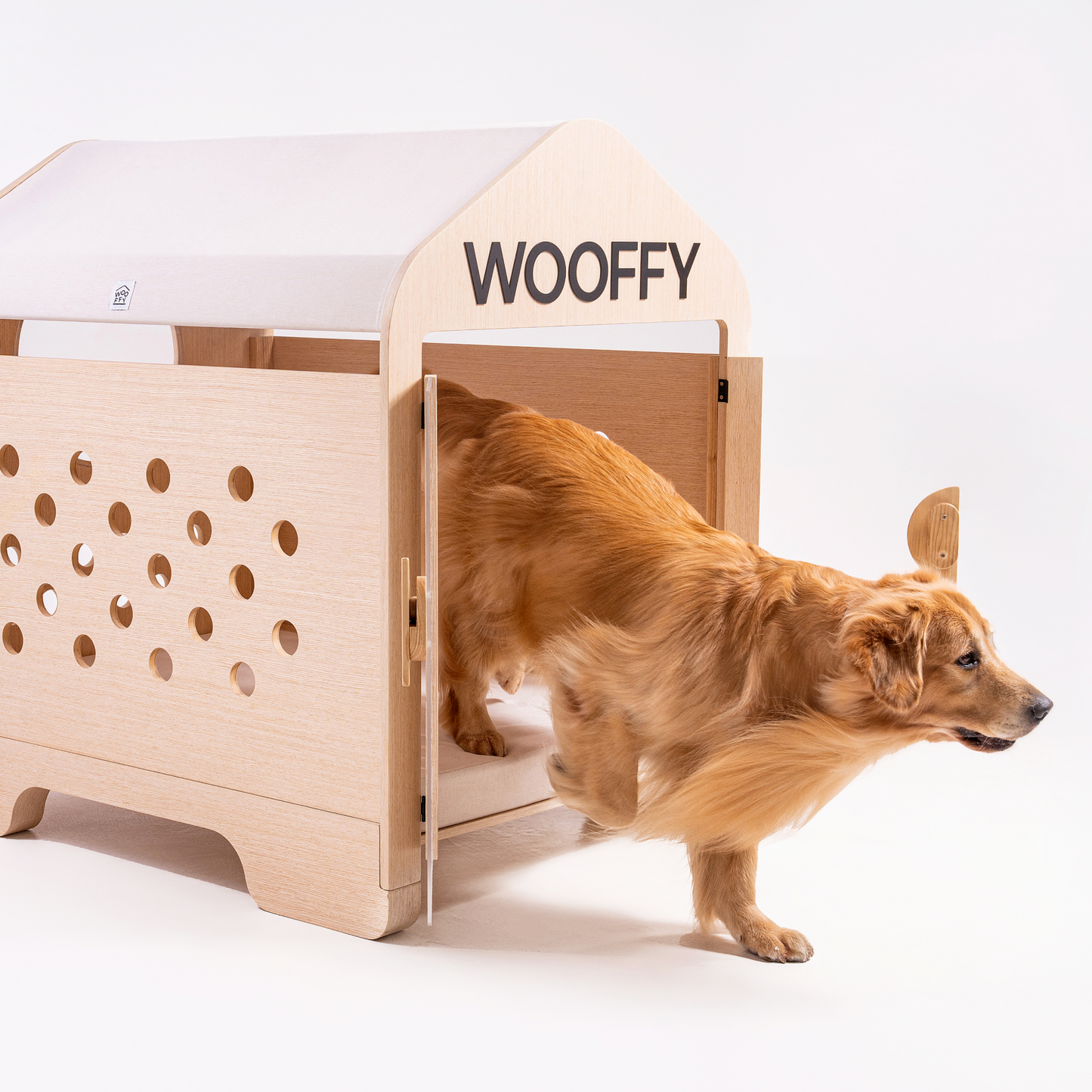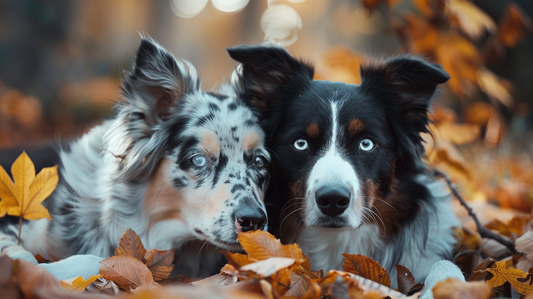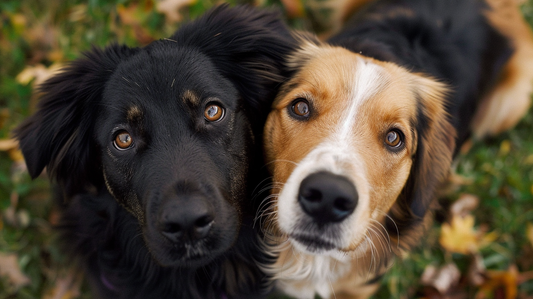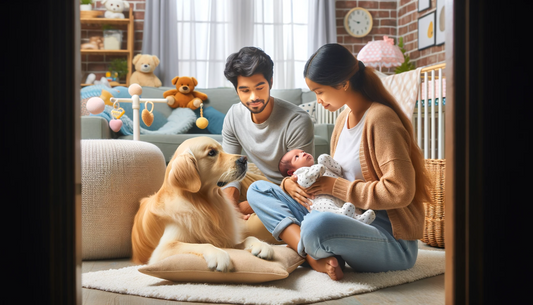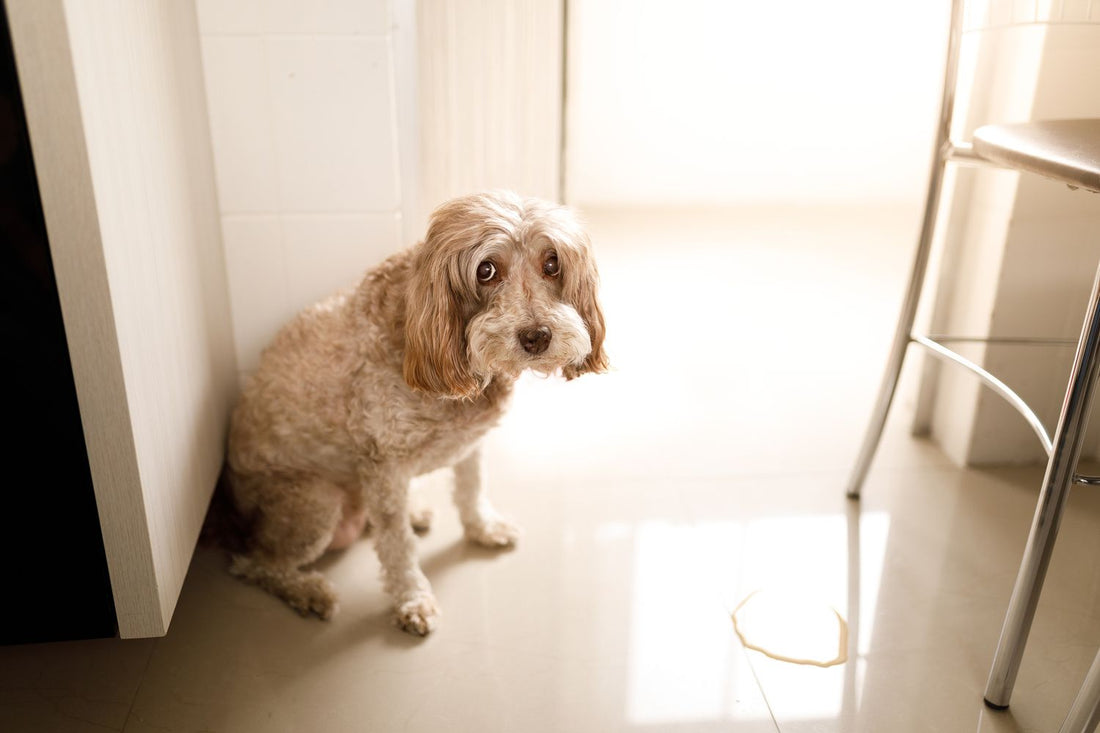
Why Is My Potty-Trained Dog Suddenly Peeing in the House?
Share
Overview – 3-minute read
This quick guide breaks down the six most common reasons a fully potty-trained dog will suddenly start peeing indoors—from hidden urinary infections to stress-triggered marking—along with step-by-step troubleshooting, vet-approved fixes, and a Wooffy design tip for preventing future accidents. Read on to solve the mystery and get your clean floors back.
1 · First, Don’t Panic—Look for the Message
A dog that “forgets” its house-training is almost always sending a signal: Something has changed. Your job is to decode whether that change is inside the body, inside the mind, or inside the home.
2 · The Six Most Common Culprits & What to Do
Culprit |
Telltale Signs |
Quick Fix |
|---|---|---|
| Urinary-tract trouble (infection, stones, diabetes, Cushing’s) | Frequent dribbles, straining, foul-smelling or bloody urine | Call your vet; ask for a urinalysis and ultrasound. Medical issues must be ruled out first. |
| Age-related bladder weakness | Night-time accidents, larger puddles, damp bedding | Shorten the time between potty breaks; add an extra late-night walk; discuss senior-dog bladder support supplements with your vet. |
| Stress or separation anxiety | Accidents after guests arrive, schedule changes, or your absence | Re-establish routines; offer a safe retreat (see Wooffy tip below); try scent-based calming aids or brief crate time to rebuild confidence. |
| Territorial marking | Sprays on vertical surfaces, new furniture, or belongings | Deep-clean spots with an enzyme cleaner; consider neutering if intact; supervise and redirect the moment you see a leg lift. |
| Training regression | Accidents after a move, long travel day, or reduced walks | Go back to basics: leash your dog to you indoors, praise & treat every outdoor success, schedule breaks every 2–3 hours for a week. |
| Diet or hydration shifts | New wet food, hot weather chugging, salty treats | Measure daily water, feed at set times, and transition new foods gradually over 5–7 days. |
3 · The 48-Hour Troubleshooting Plan
-
Vet Check First
If there’s any pain, blood, or sudden frequency change, schedule a same-week appointment. -
Audit Recent Life Changes
List anything new in the last two weeks: travel, visitors, furniture, diet, even a new cleaning product.
-
Reintroduce Potty Boot Camp
Two days of 100 % supervision + immediate praise/treat for outdoor pees + enzyme cleanup indoors usually resets the habit.
4 · Wooffy Pro Tip: Give Them a “Safe Zone”
Many accidents stem from anxiety. Our Wooffy House dog homes create a private, den-like retreat where pups can decompress when guests arrive or routines shift. Owners report fewer stress-related accidents once their dogs have a cozy “go-to” space that feels wholly theirs. Explore options and sizing at thewooffy.com.
5 · Bottom Line
A potty-trained dog doesn’t “get lazy”—it communicates through its bladder. Rule out health issues, identify environmental stressors, and reboot positive potty habits. With patience and the right setup, those indoor puddles will be history.
Wooffy · Design-Driven Indoor Spaces for Happy Dogs & Their Humans

